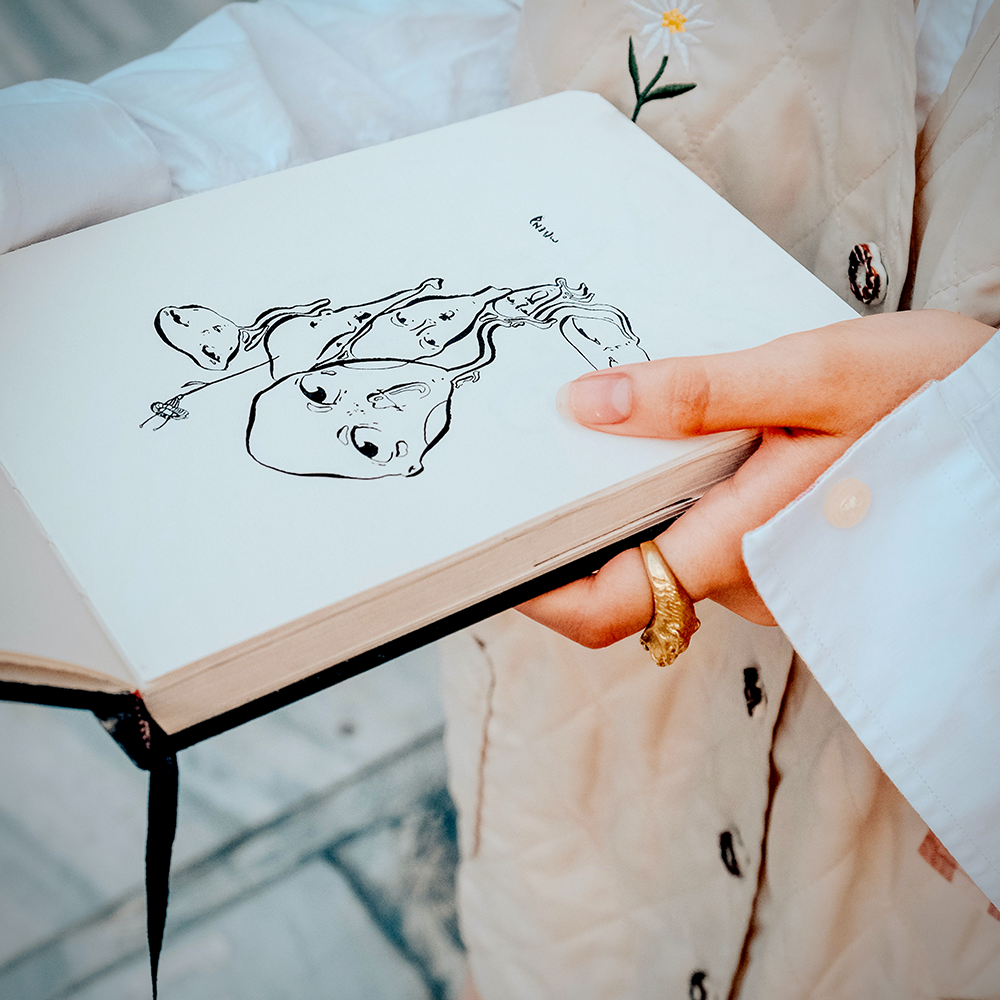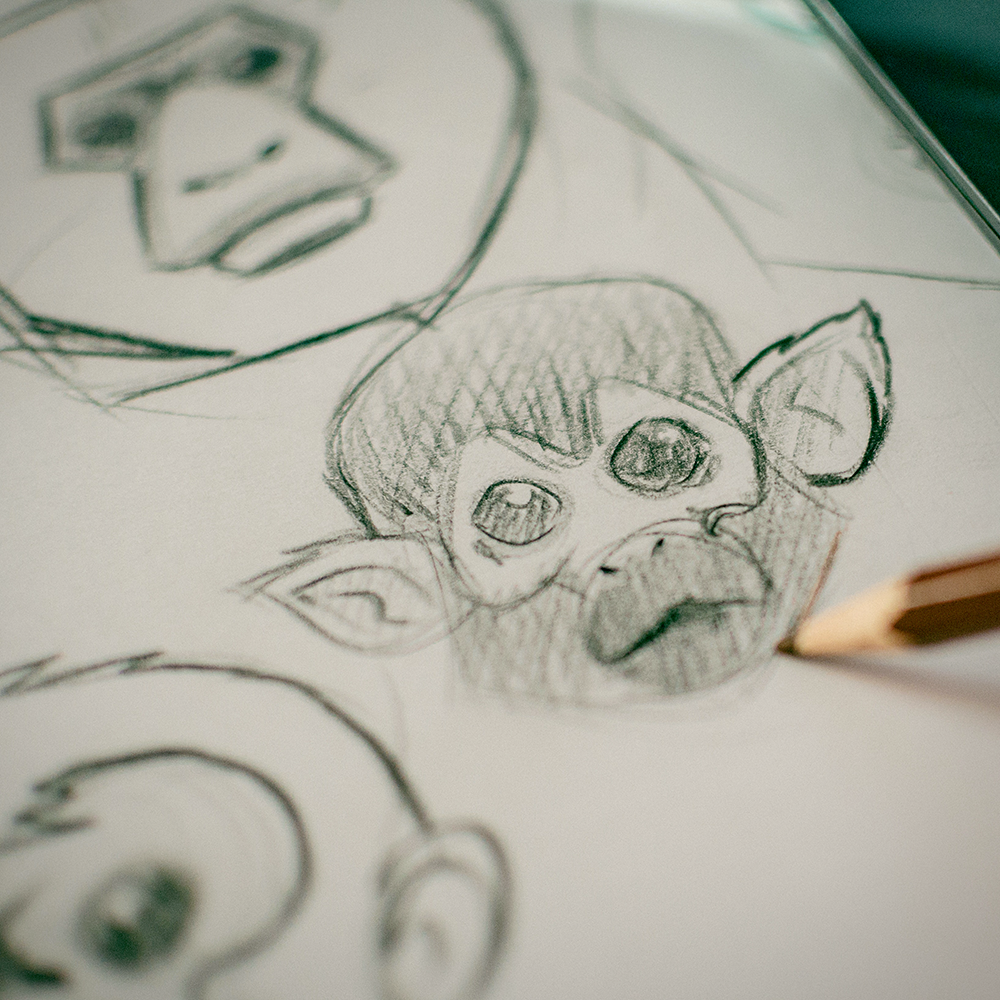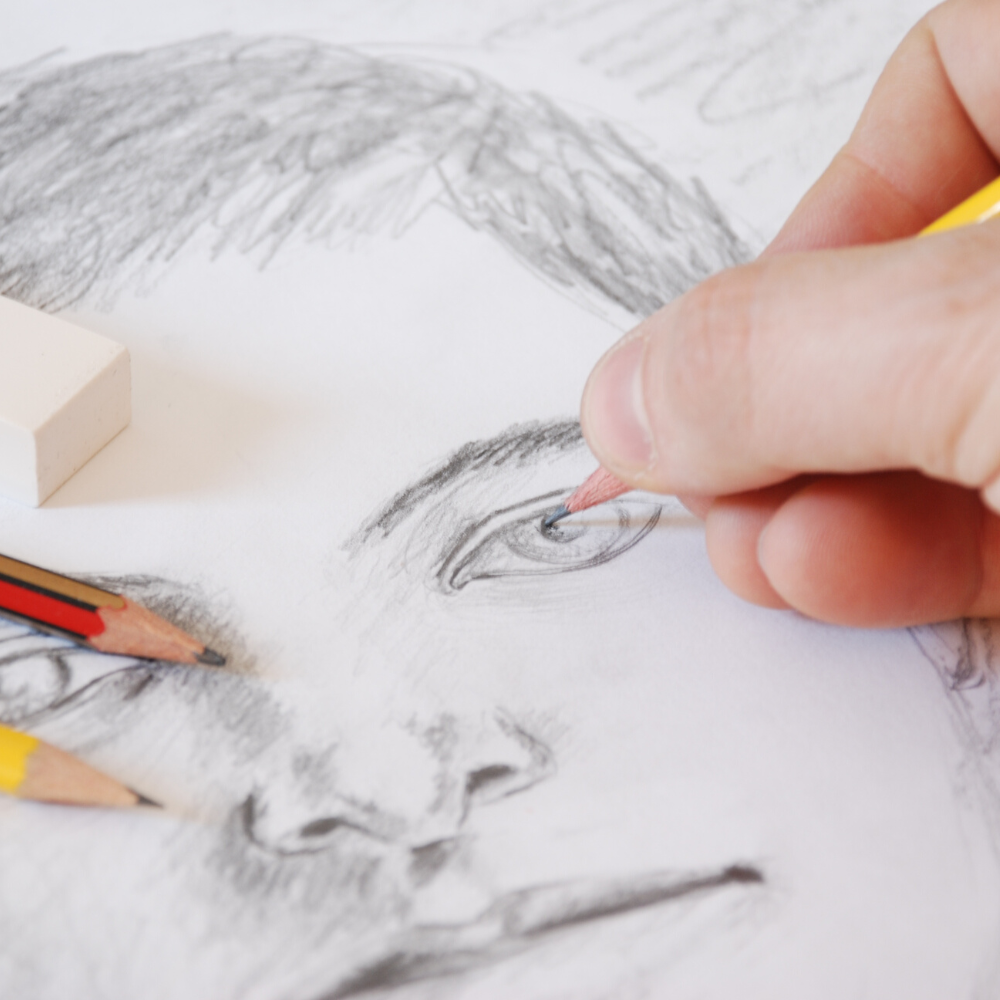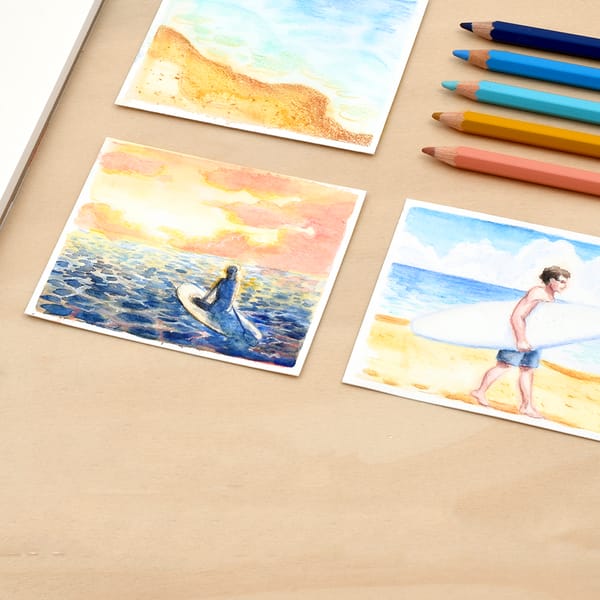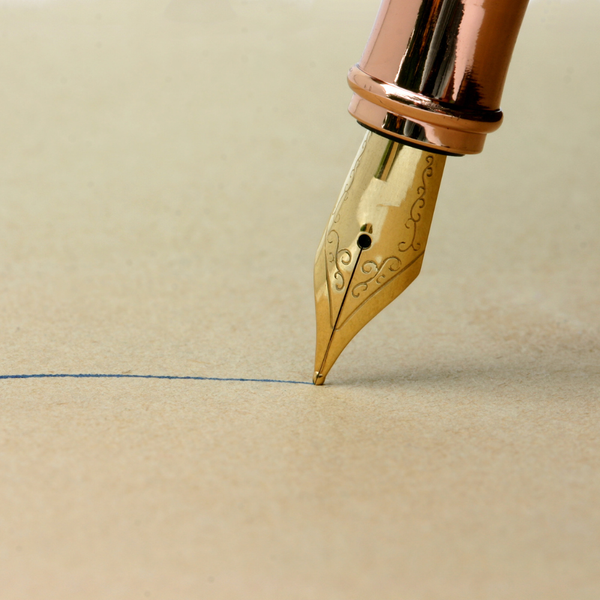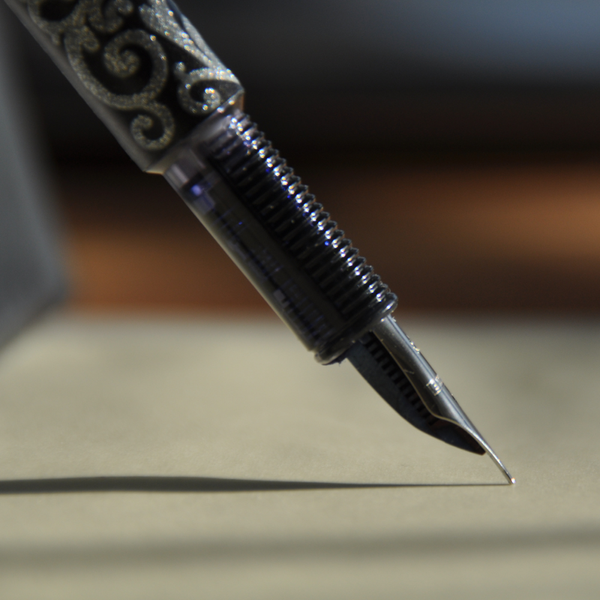Do you have a vision that’s begging to be brought to life?
Are your artistic skills holding you back from achieving those creative heights?
If so, then we've got the perfect solution for you!
With these sketching tips and tricks, even complete beginners can create like a pro artist – just grab your pencils, paper, and some inspiration, and let's get started on turning your wildest art dreams into reality.
Sketching is a fundamental skill for artists of all ages and skill levels, allowing you to express yourself visually and create captivating works of art through the drawing process.
Whether you’re a professional artist or a beginner, sketching is an essential tool for improving your artistry.
It's a phenomenal way to express your ideas and creativity before putting them on finished paper or canvas and an effective way to experiment with different techniques, color schemes, and compositions.
If you're an artist, you know that sketching is the foundation of many artistic disciplines, ranging from painting to graphic design.
Sketching can be intimidating, but it doesn't have to be.
Here are some tips to help you improve your sketching skills, no matter what your level of experience is.
So, prepare your materials, sharpen those pencils, and let's get sketching like professional artists!
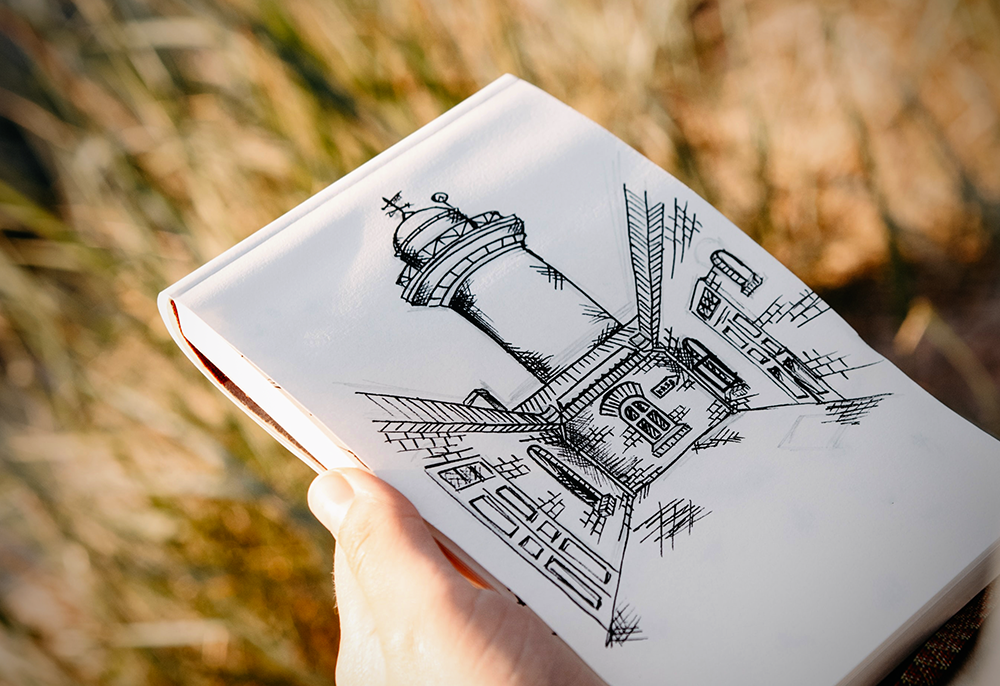
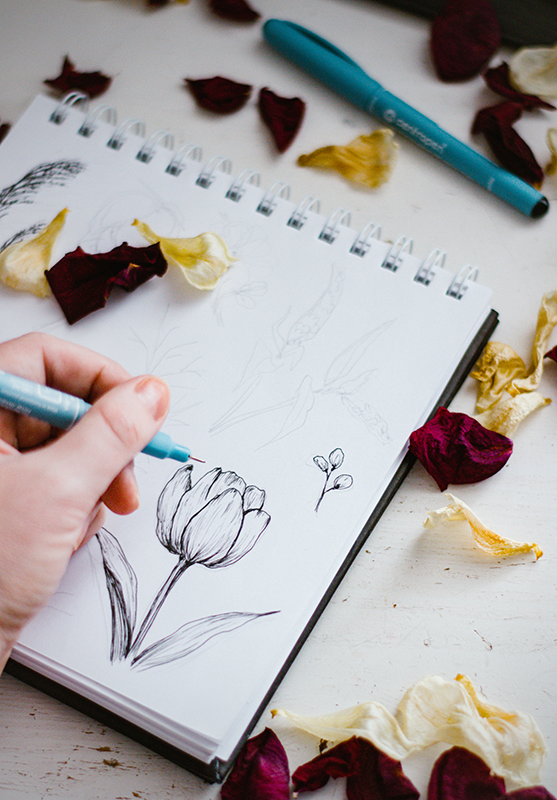
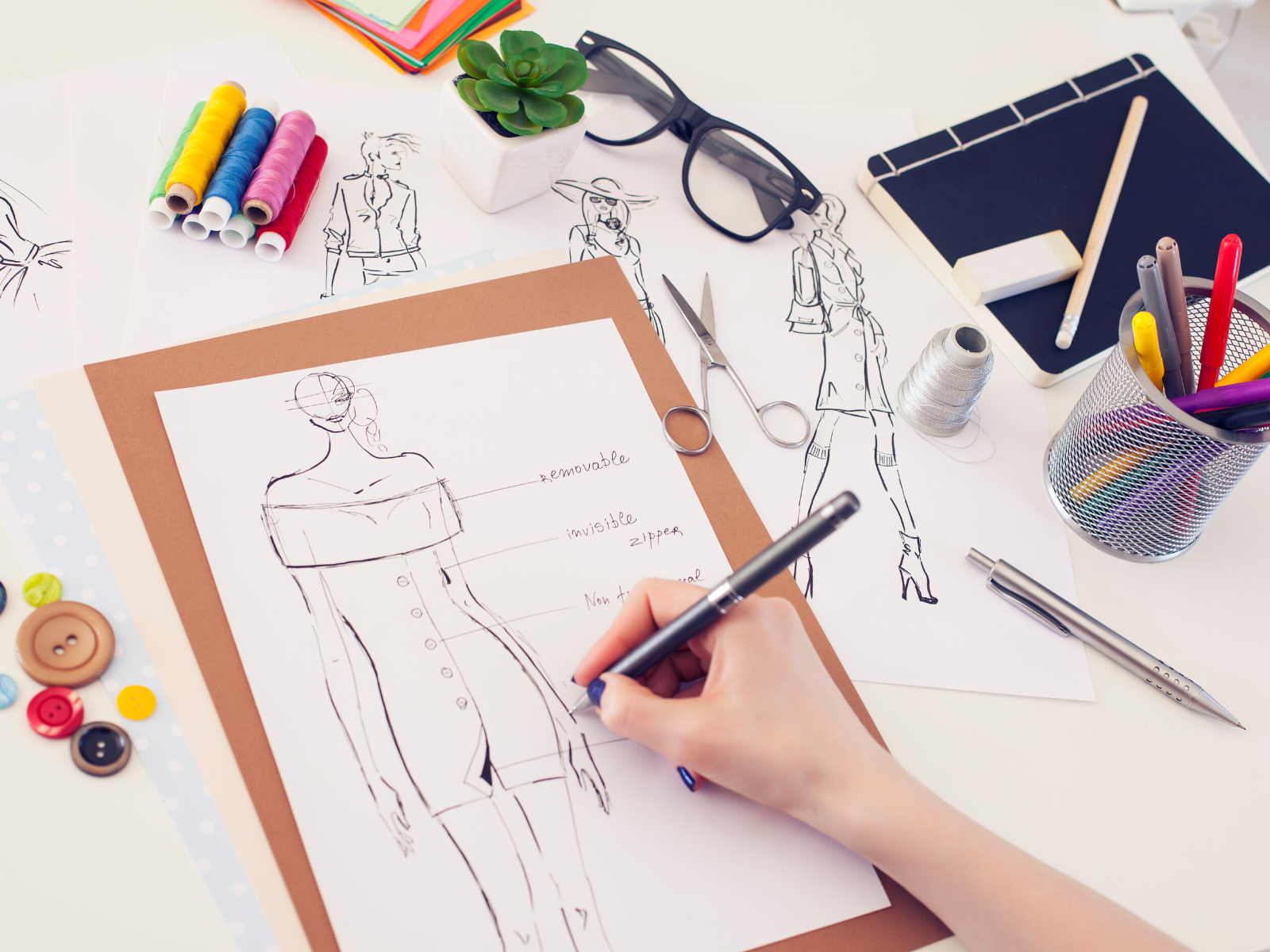
Start with a Good Quality Sketchbook
The first step to successful sketching is to invest in a good quality sketchbook.
It should be lightweight, easy to carry around, and have good quality paper.
Sketchbooks come in various sizes, and it’s essential to choose one that suits your preferences.
A good sketchbook will give you confidence while drawing and is a great place to experiment without worrying about ruining your final piece.
Sketchbooks can be used as art journals, allowing you to jot down ideas and notes, as well as experiment with a variety of drawing materials.
Look for a book that has acid-free paper, so your sketches will stay looking good for years.
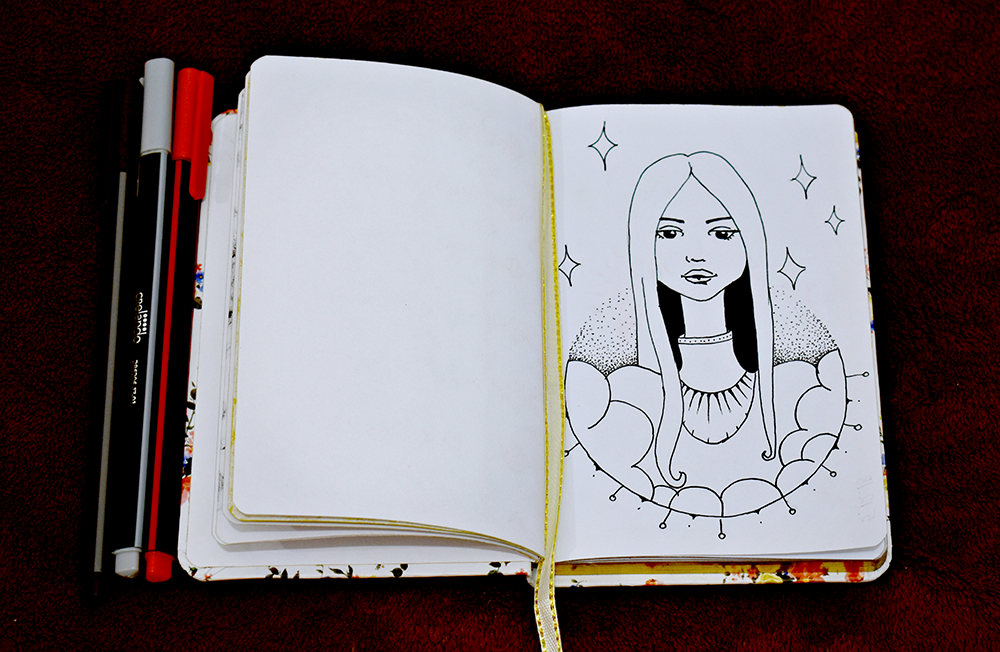

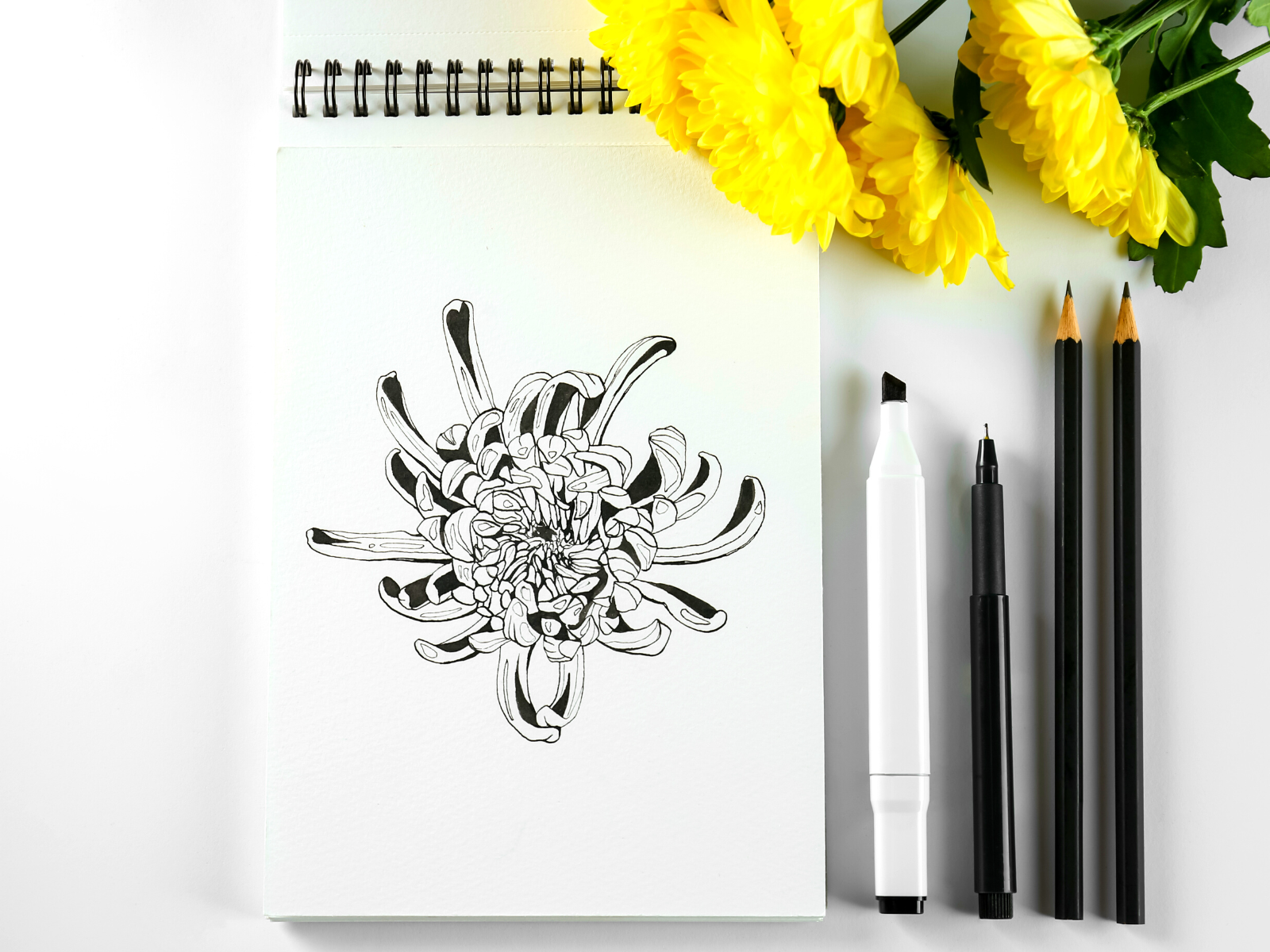
Practice Sketching Regularly
Practice makes perfect, as the saying goes, and this holds true for sketching.
Try to sketch at least once every day, even if it’s just for a few minutes.
Sketching regularly helps build your drawing skills, and you’ll notice improvement over time.
Set personal goals, such as trying new techniques or perfecting a particular style.
This will keep you motivated and help you stay on track.
Doodling is also a great way to practice sketching, and it’s a great way to relax and have some fun!
It helps you loosen up, allowing you to be more creative with your sketches.
Using different drawing techniques is an excellent way to improve your skills.
Try different mediums, such as pencils, ink pens, markers, and paints.
One drawing technique you could try is cross hatching, where you draw lines that overlap horizontally and vertically to create a shaded effect.
Hatching involves pencil lines that are drawn close together in the same direction.
You can also use stippling to create texture and shading, by creating small dots on the paper.
These different shading techniques are great for adding depth and realism to your sketches.
If you're looking for smooth shading, try using a blending stump or tortillon.
These tools are made from rolled paper and can help achieve the desired gradation in your pencil sketch.
Straight lines are used for contouring and outlining, while curved lines can be used for shading.
You'll be amazed at all the different techniques you can use to create beautiful sketches!
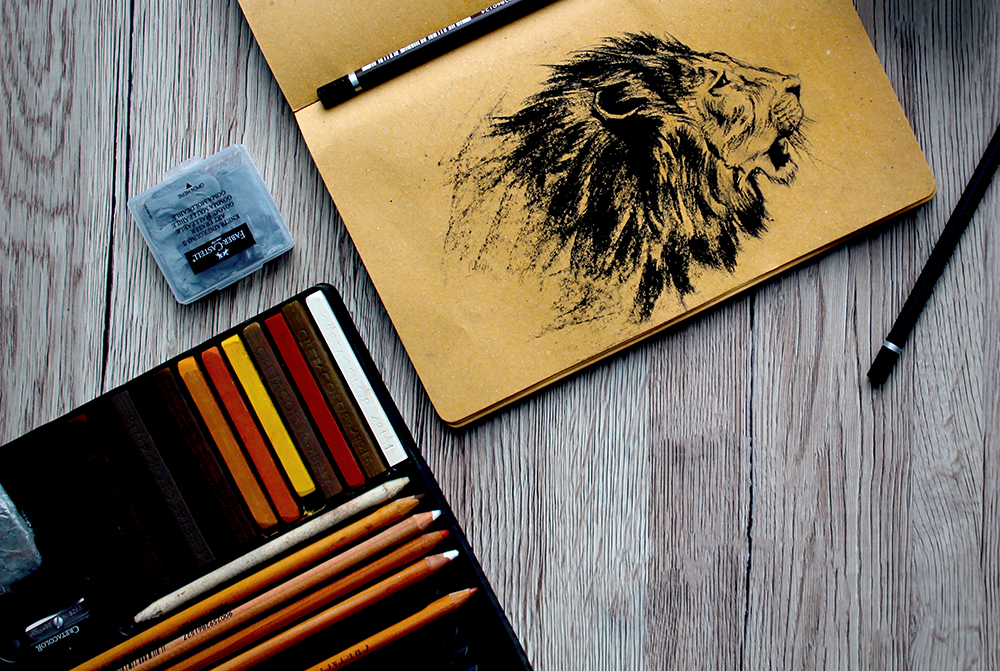
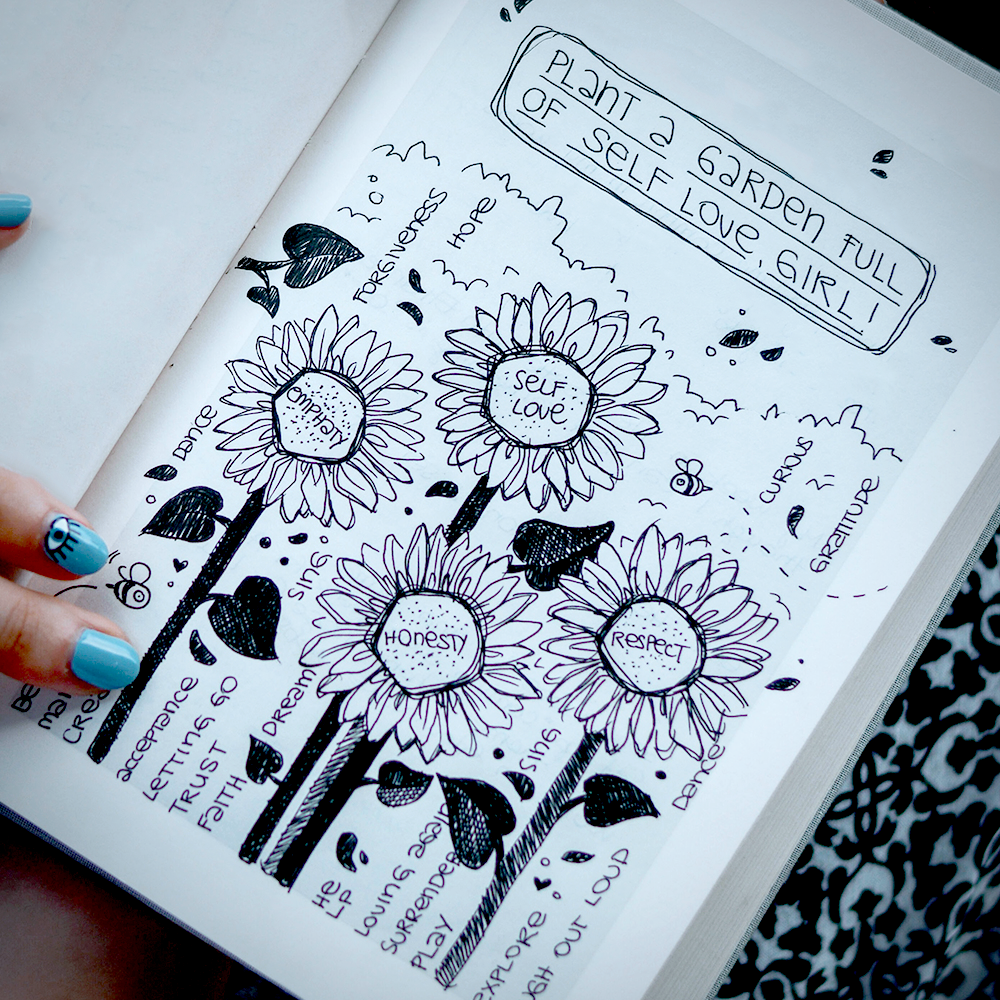
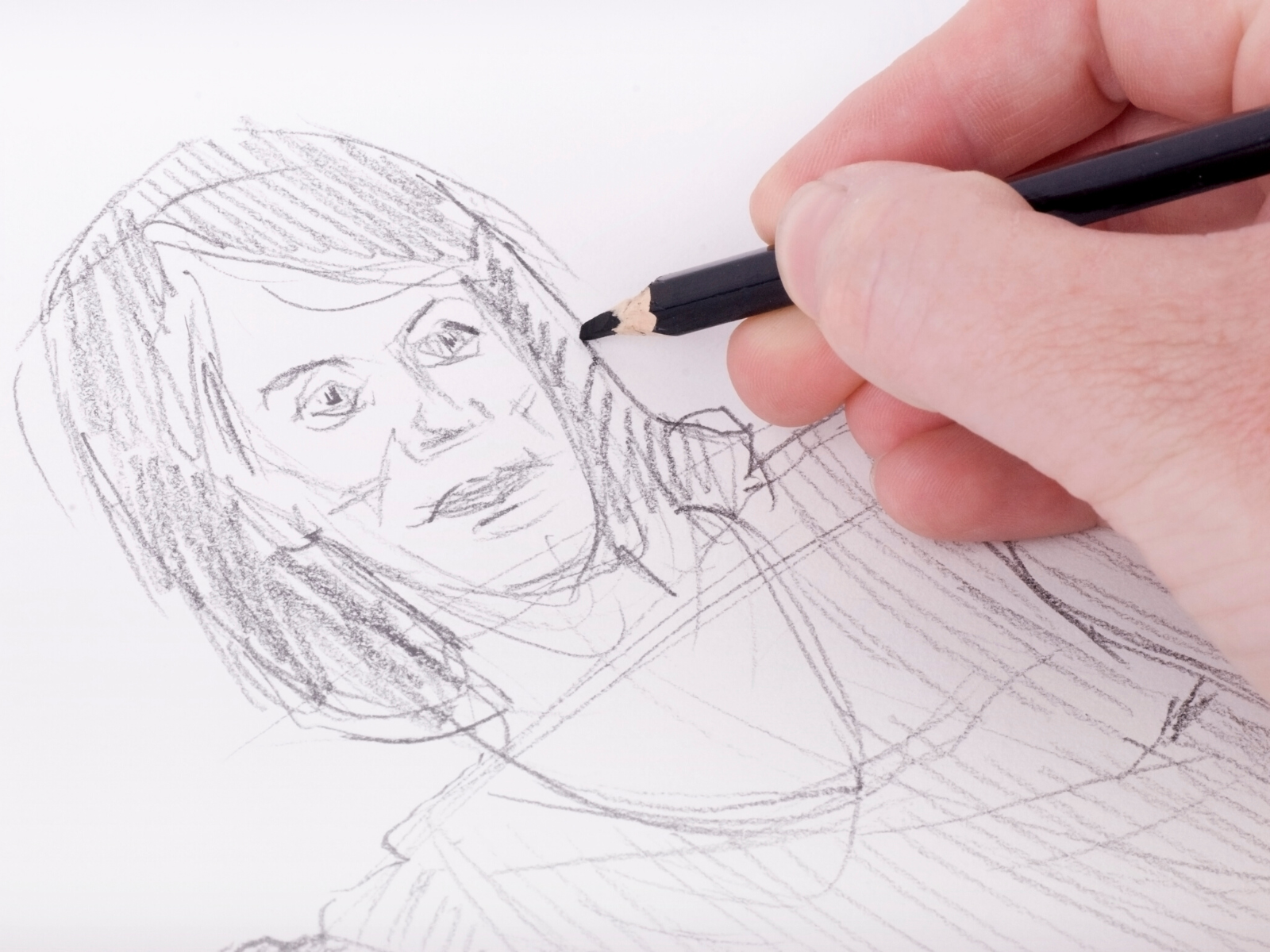
Take Advantage of Reference Photos and Tutorials
Reference photos and tutorials can be a great source of inspiration for sketching.
Whether you're sketching from life or from a photo, it's always a good idea to use a reference.
This is especially important if you're just starting out or you're trying to capture a more realistic image.
Not only does a reference help ensure accuracy, but it also serves as a great learning tool.
As you practice, you'll start to notice the subtle nuances of whatever you're sketching, and you'll be able to incorporate those details into your future work.
Tutorials are great for providing step-by-step instructions while you develop your observational skills.
There are so many great online tutorials available, from basic sketching techniques to more complex art styles.
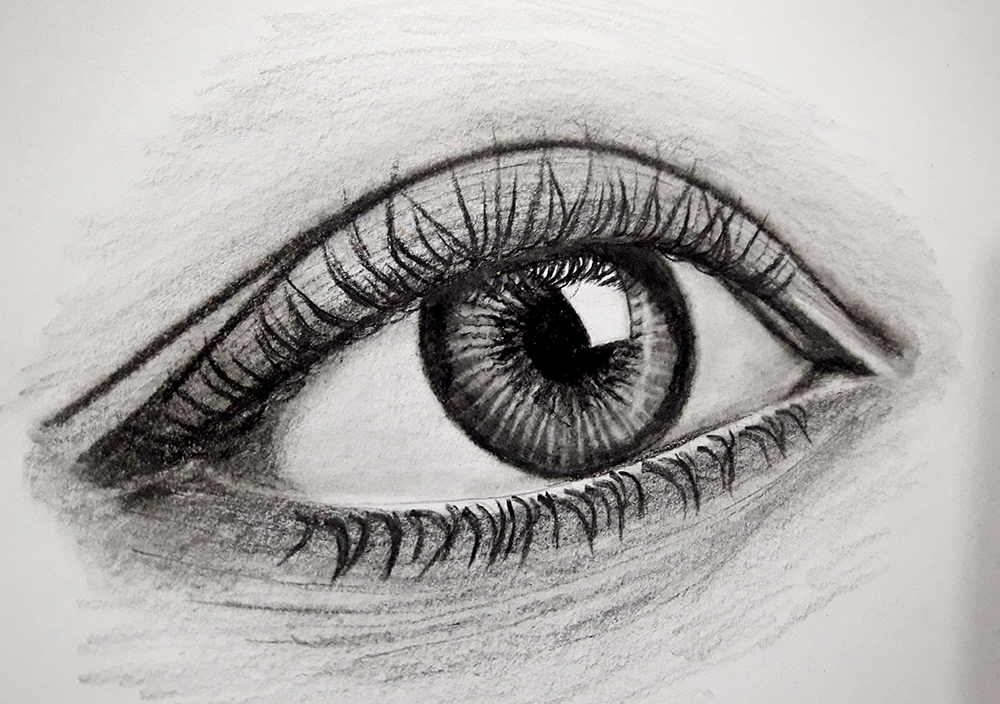
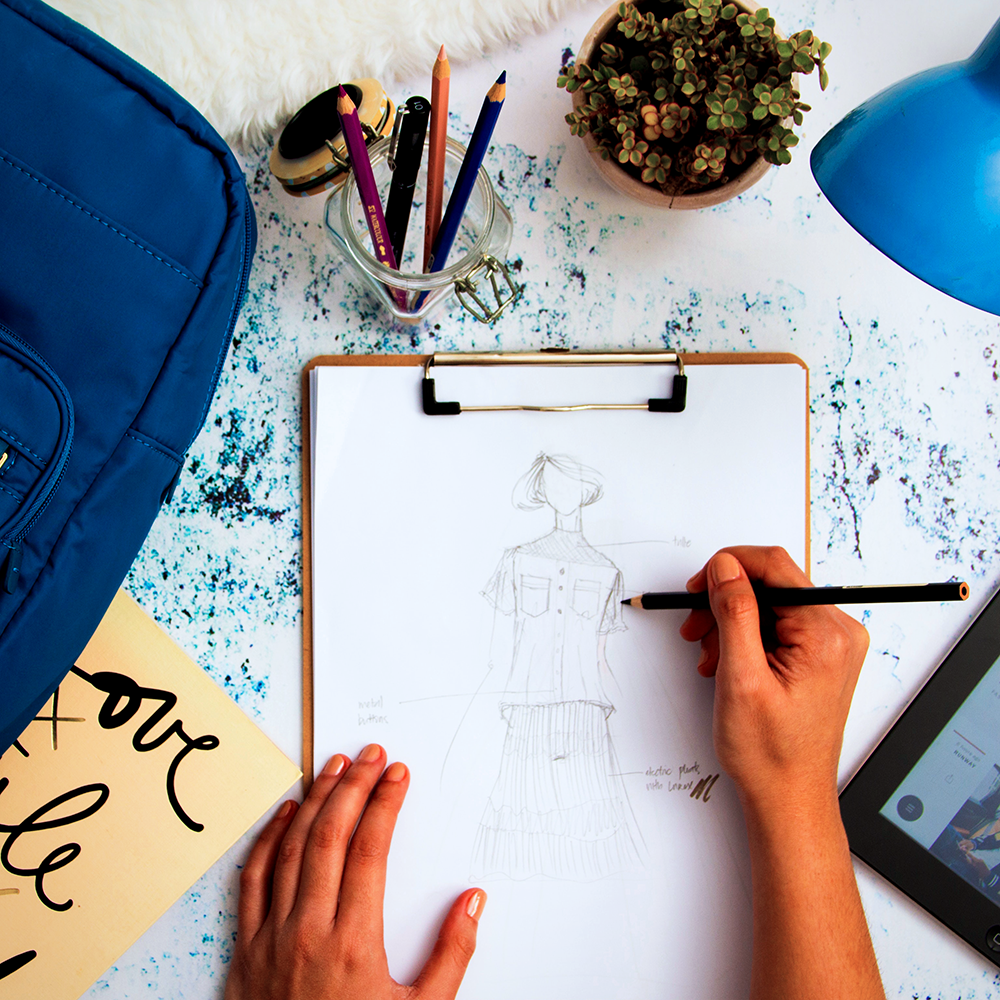
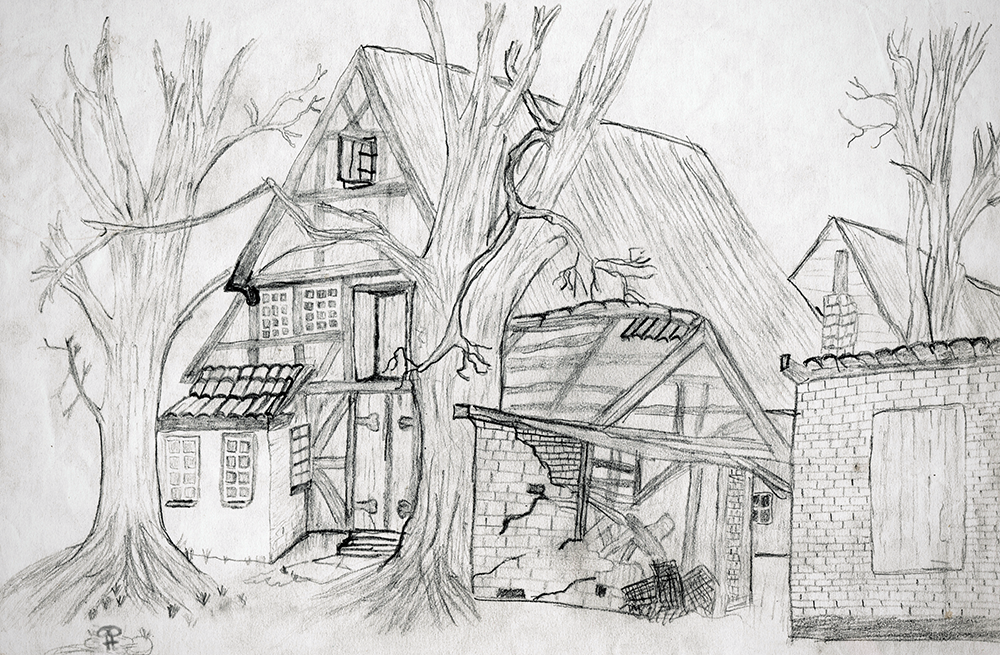
Start with Basic Shapes
When you're first starting out, it can be easiest to sketch simple shapes instead of diving right into the details.
Begin drawing basic shapes such as circles, squares, and rectangles to help you develop a good sense of proportion.
This will allow you to break complex subjects down into simpler forms, making it easier to sketch.
For example, when sketching a face, start with a circle for the head, and then add in the jawline, eyes, nose, and mouth.
This helps you get the proportions right and ensures that everything is in the right place before you start adding in the details.
Once you've got the basic shape down, you can start to use more precise lines and shading to perfect your sketch.
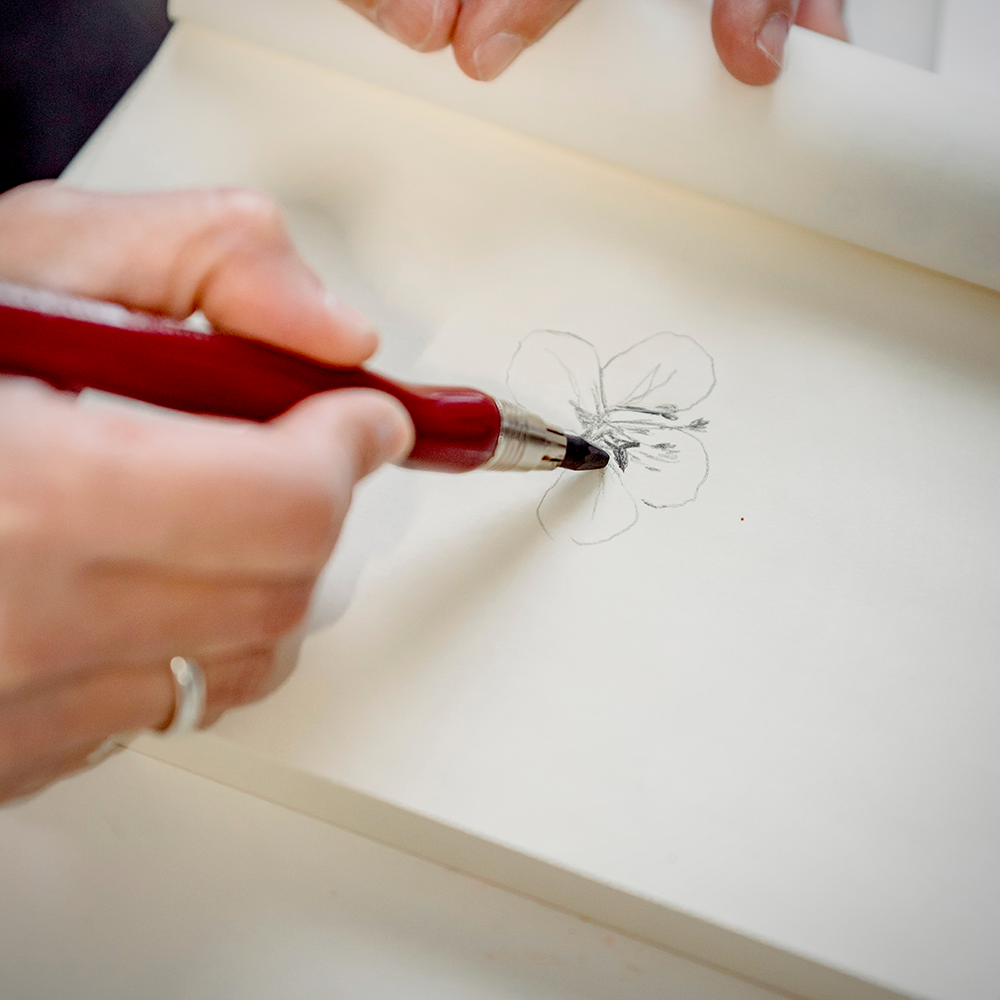

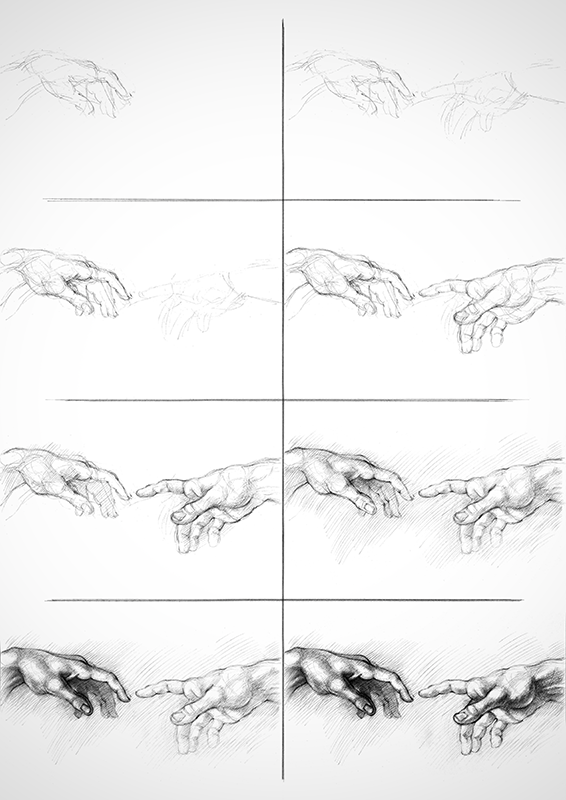
Experiment with Different Sketching Materials
Sketching is a great opportunity to experiment with different materials.
Using various sketching materials can add depth and texture to your drawings.
Experiment with different media, such as pencils, colored pencils, pens, pastels, and markers.
Try sketching with different types of pencils, charcoal, and ink.
Each material has its unique properties and can convey a different mood or style.
Each medium has unique properties, and exploring them can help you find the perfect style for your art.
By experimenting with different materials, you can find what works best for you, and what you enjoy using the most.
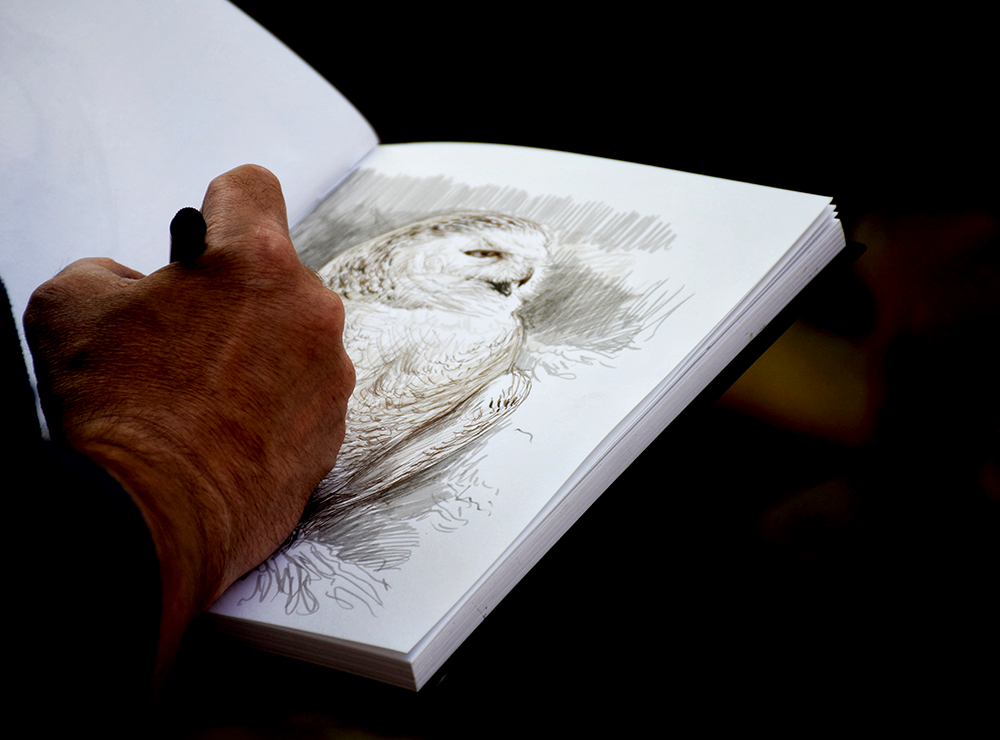

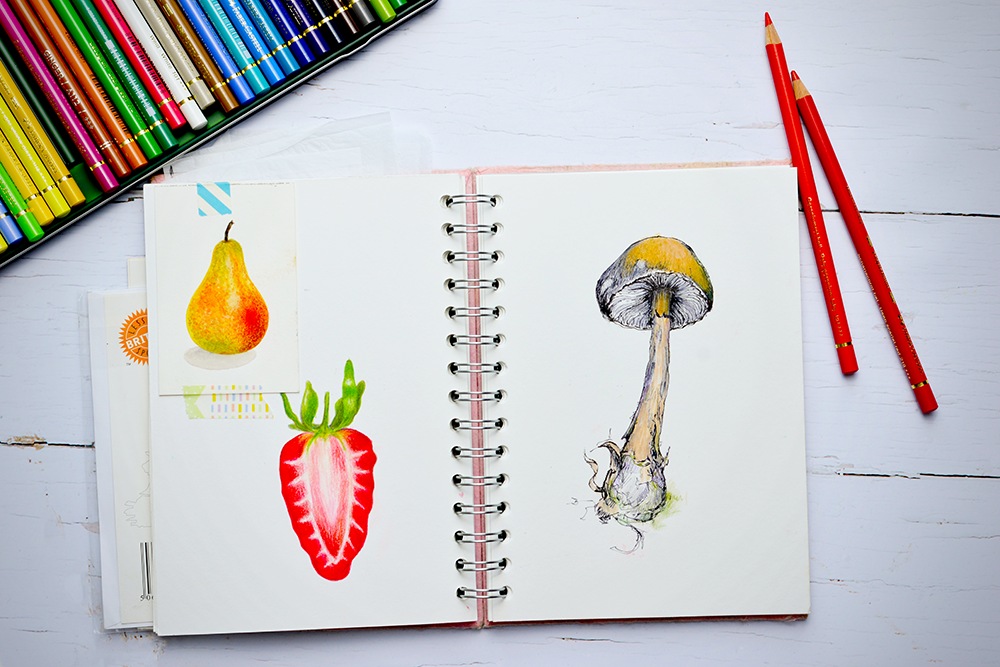
Focus on Shading and Lighting
Shading and lighting are crucial elements of sketching; mastering this essential skill can make all the difference in your work.
They add depth and dimension to your drawings, making them more realistic.
Try to focus on the lighting direction and the shadows it creates.
Use shading techniques to create contrast and bring the form of your sketches to life.
Shading helps create depth and dimension in your work.
The key is to start with lighter shading and build up the darkness gradually.
Keep in mind that not everything needs to be shaded uniformly.
Consider the light source in your scene and shade accordingly.
It takes practice to get shading right, but it's worth the effort.
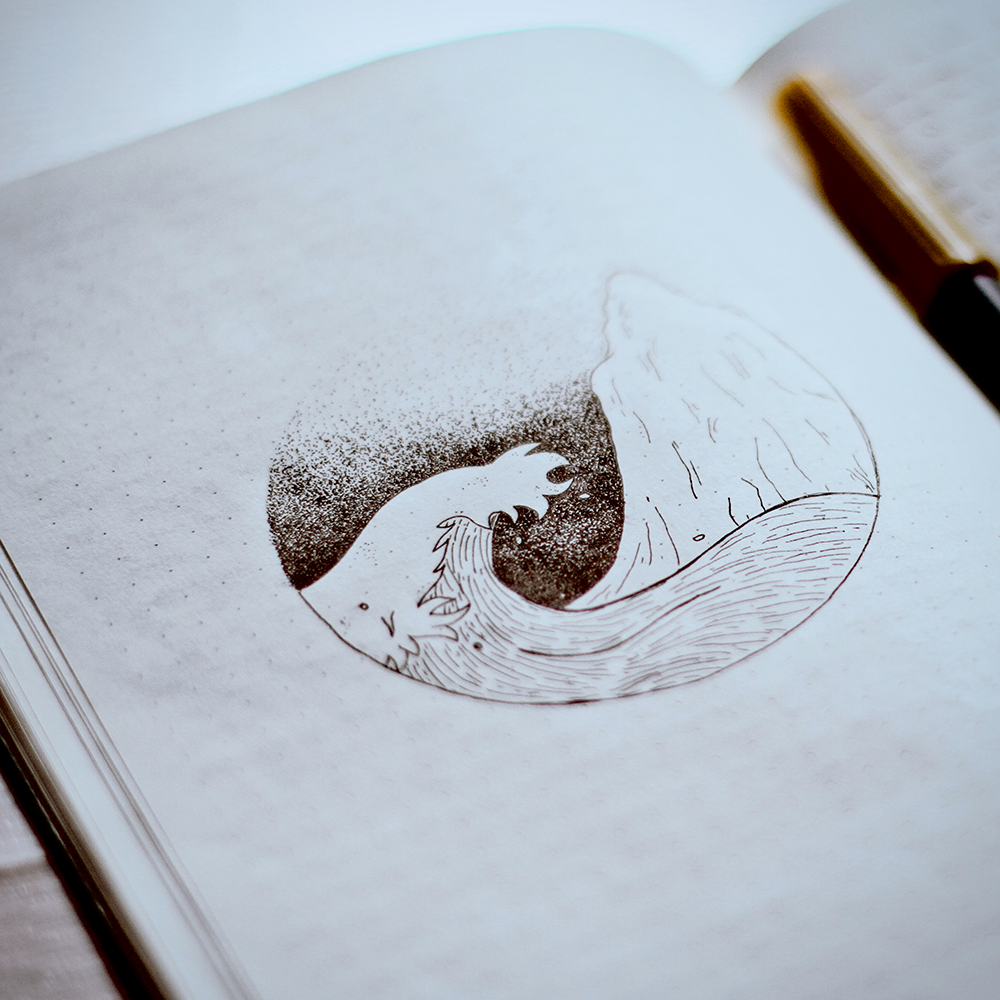
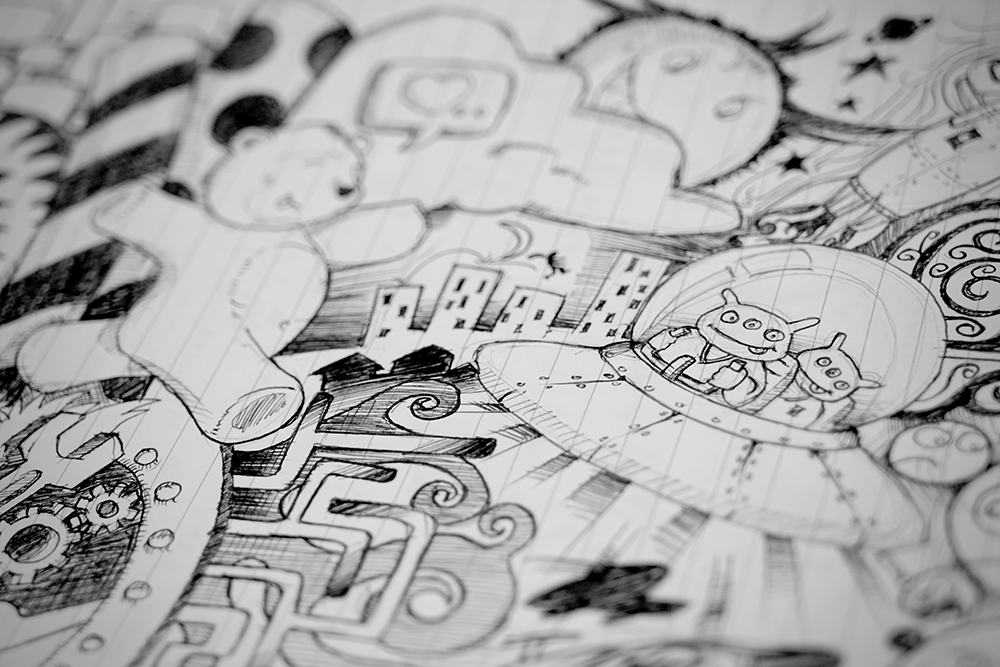

Don't Be Afraid to Make Mistakes
One of the biggest hurdles for beginner artists is the fear of making mistakes.
But mistakes are a natural part of the artistic process, and they can even serve as learning opportunities.
Mistakes and imperfections in a single drawing shouldn't discourage you from sketching again, but, instead, take it as a chance to learn and grow as an artist.
Rather than focusing on getting everything "perfect," embrace the journey and enjoy the learning process.
Don't be afraid to mess up a sketch because it’s all part of the creative process.
Your mistakes will help you to improve, and eventually, you’ll be able to create beautiful pieces of artwork.
Keep practicing, keep experimenting, and keep learning.
With each mistake, you'll get closer to your goal of becoming a better artist.
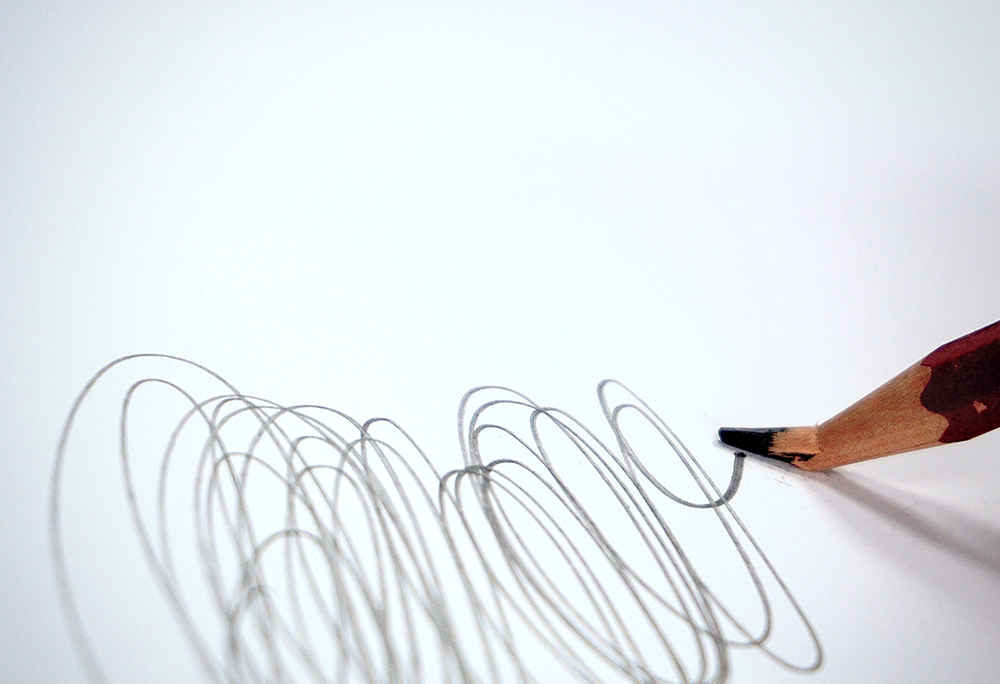
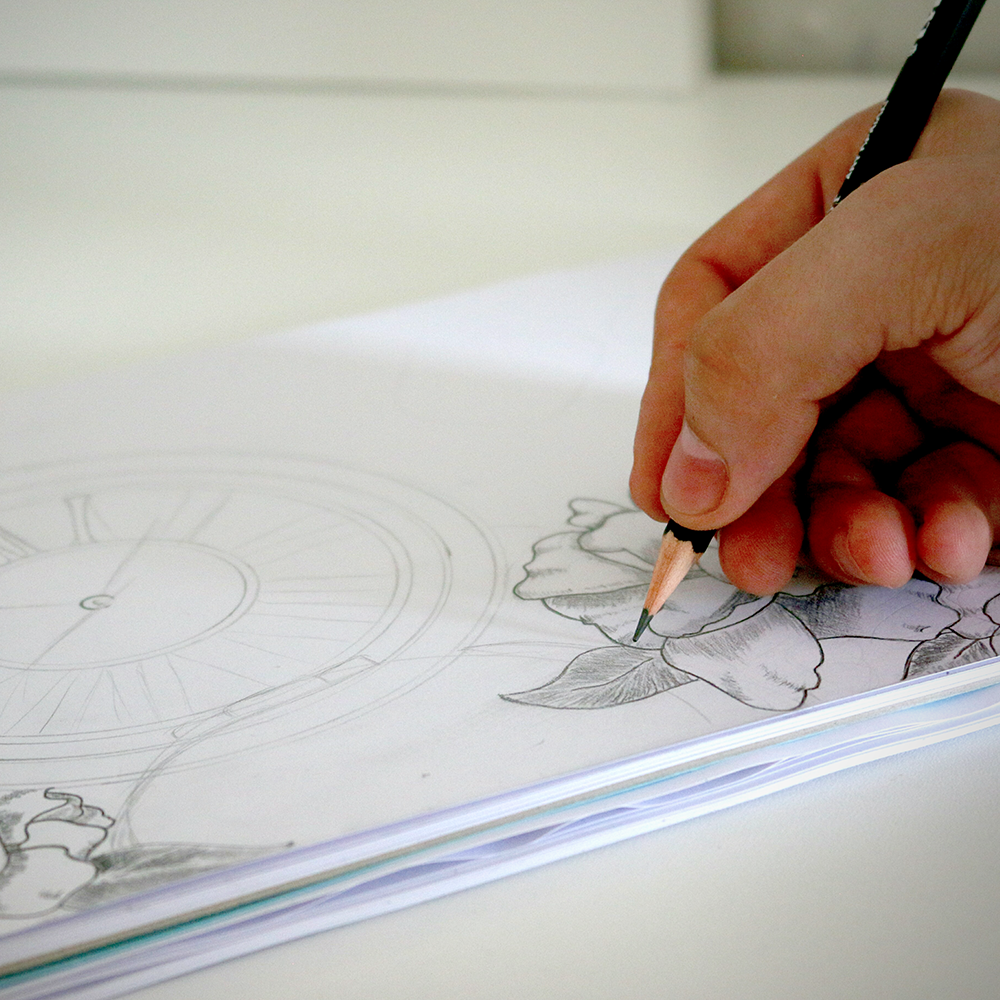

Use Gesture Drawings
Gesture drawing is a great way to capture a moment in time.
Rather than focusing on the details, gesture drawing is all about capturing the essence of an object or figure in just a few lines.
It's an excellent way to practice sketching quickly, as it requires you to make decisions quickly and trust your instincts.
Gesture drawing can also help you loosen up and be more expressive with your sketches.

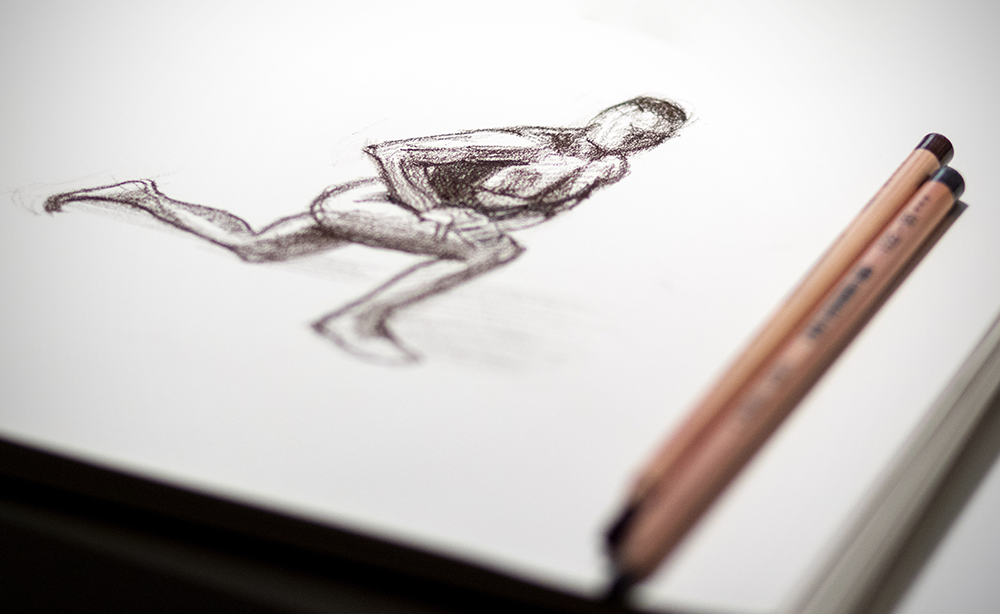

Explore Different Perspectives
Switch up your perspective to keep your sketches fresh and interesting.
Try drawing from unusual angles or positions.
For example, instead of sketching a person's face head-on, try sketching them from above or below.
This makes for a more dynamic and visually fascinating sketch.
It can also be helpful to use reference photos and tutorials to practice different perspectives.
By exploring various angles, you'll unlock more artistic possibilities.


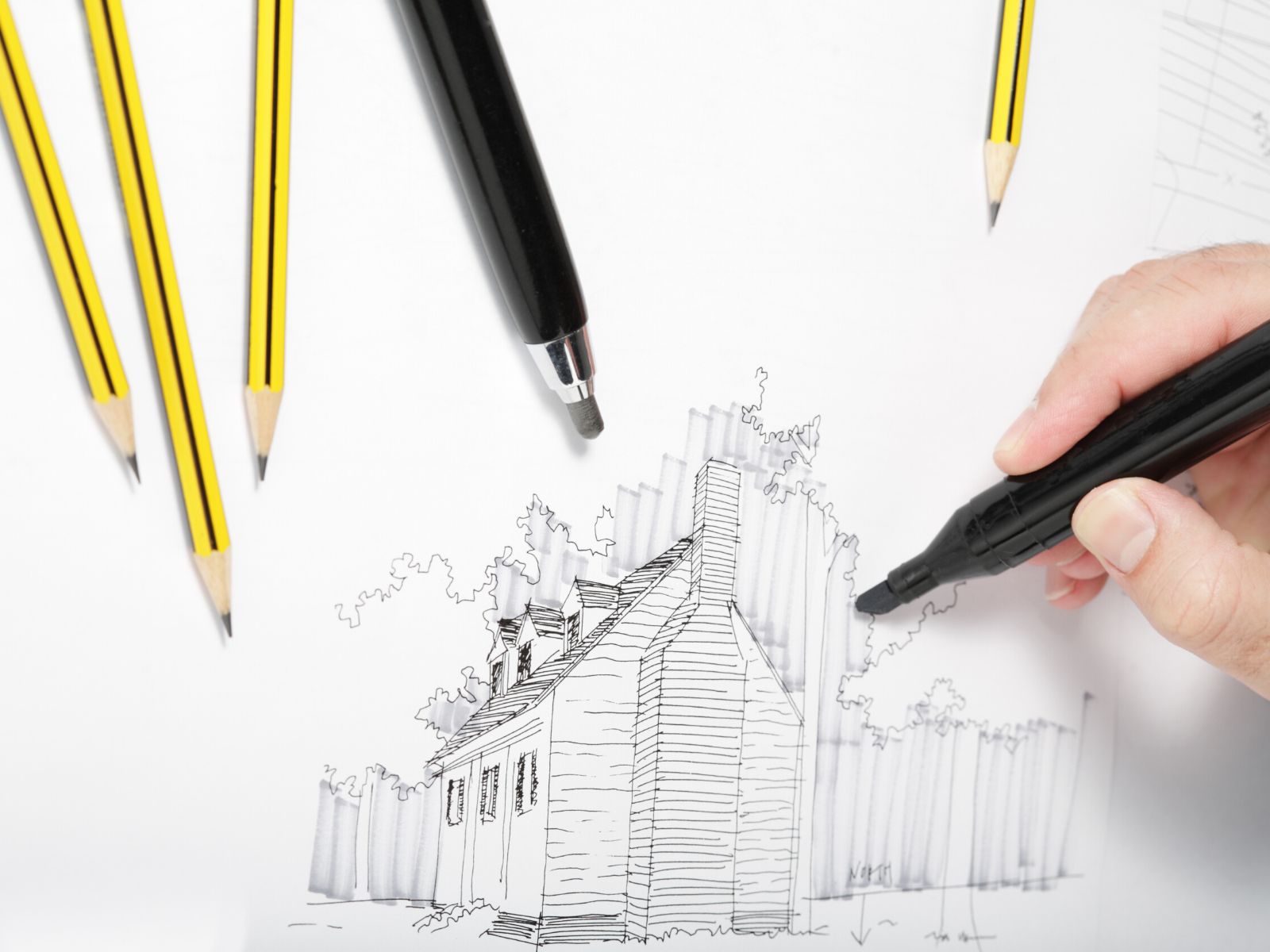
Embrace Imperfection
Perfectionism can be a major roadblock when it comes to artistic creation.
Instead of striving for perfection, embrace imperfection.
Sketching is an exercise in letting go and accepting mistakes.
It's about learning to appreciate the beauty of roughness and spontaneity.
Mistakes are inevitable, and they don't have to be feared.
Learn to love imperfection – it's part of the creative journey.

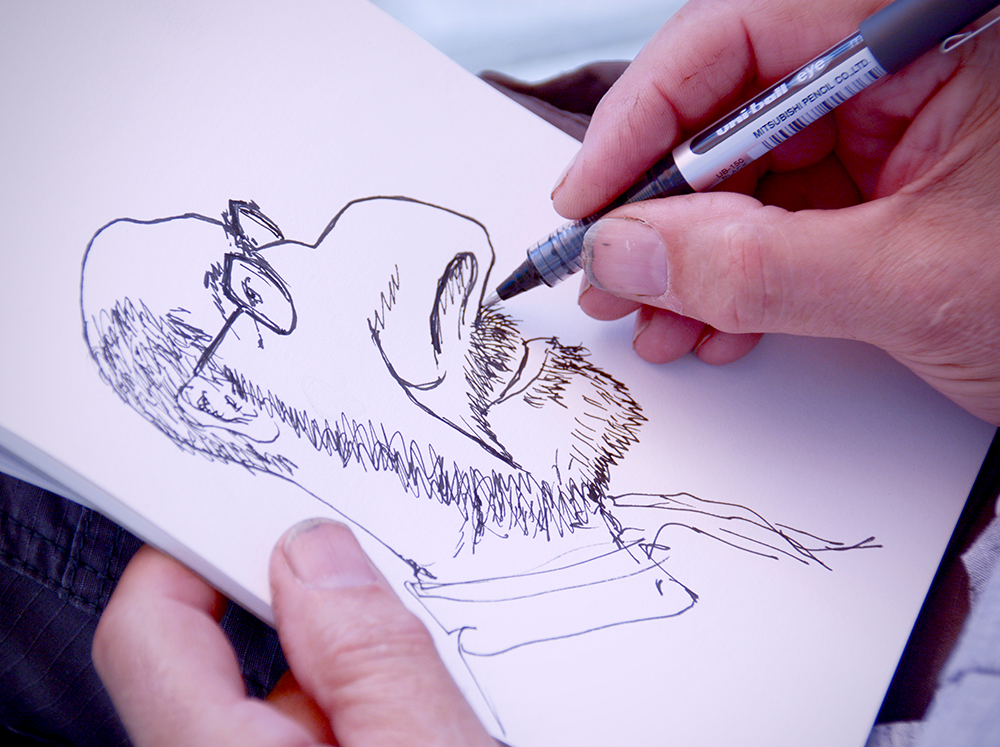
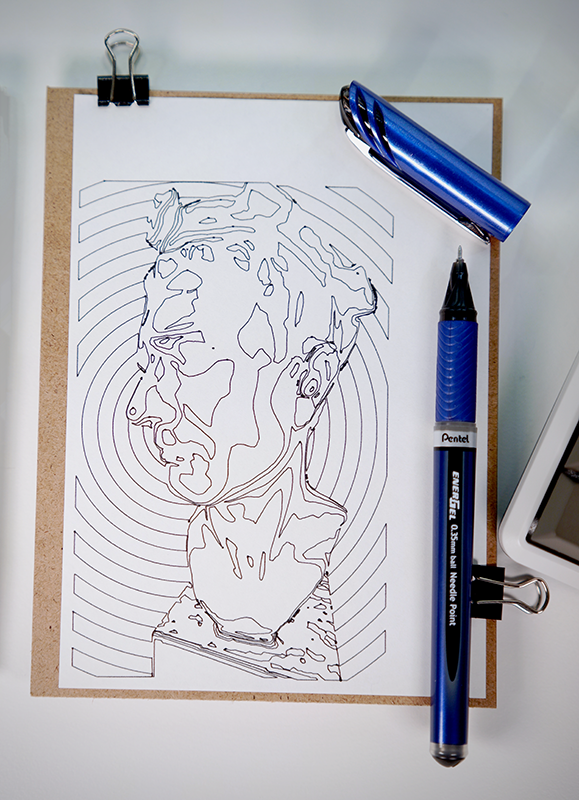
Practice, Practice, Practice!
Like any other skill, sketching takes practice, so it's important to practice drawing regularly.
Make time for sketching every day, even if it's just for 10 minutes.
The more you practice, the more natural it will become.
Plus, the more you sketch, the more you'll become comfortable with different techniques, materials, and perspectives.
By taking the time to practice, you'll be able to create more complex and interesting sketches.
You'll also become more confident in your ability to create with ease.
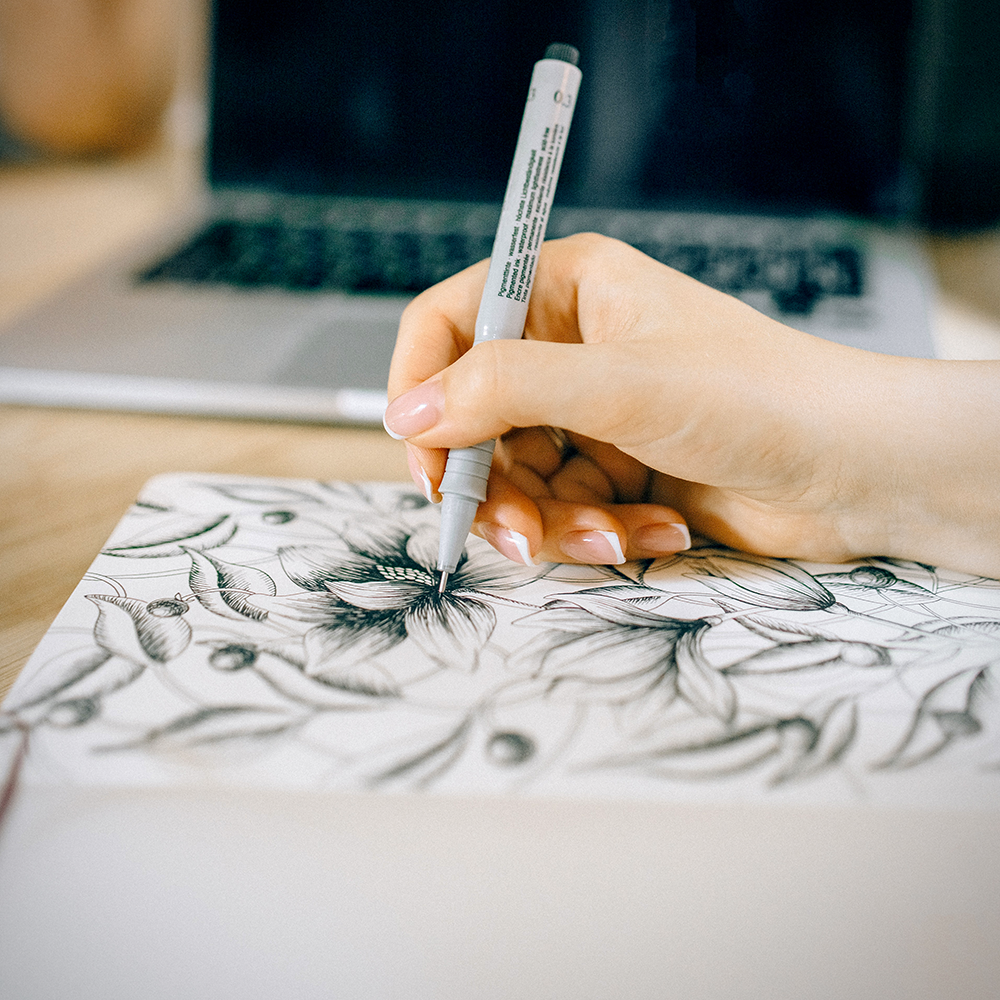
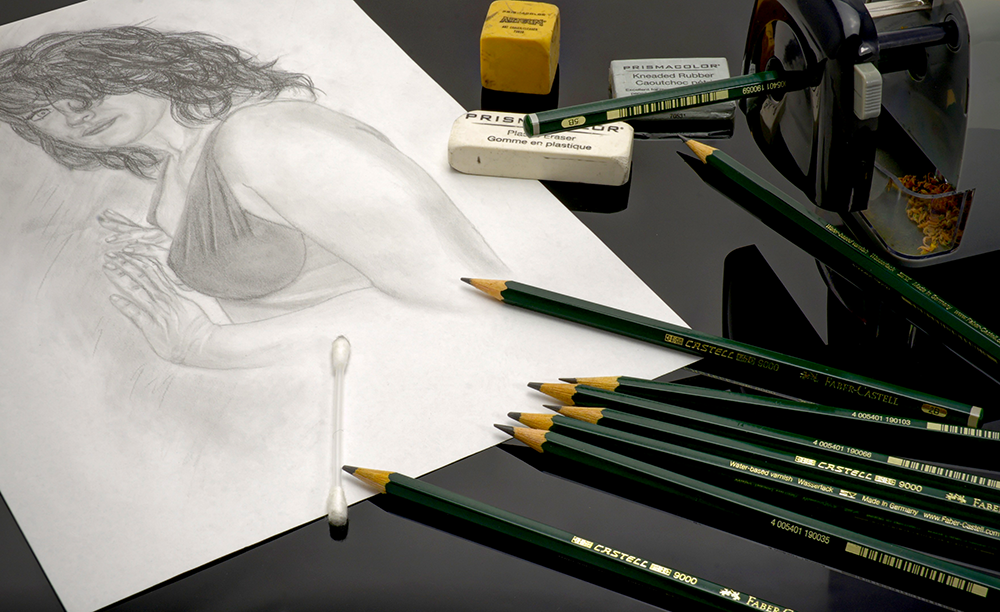

Sketching Tips to Breathe Life into Your Ideas
Sketching is an invaluable resource for all artists; it's a great way to explore your creative sparks, practice and perfect your artistic skills, and bring any imaginative vision into reality!
Improving your sketching skills is a process that takes time, practice, and dedication.
But with these tips and a willingness to experiment, you can become a skilled artist in no time.
Remember to keep learning, keep practicing, and most importantly, keep having fun!
So, don't be afraid to pick up your pencil and start sketching – before you know it, you'll be creating like a pro!
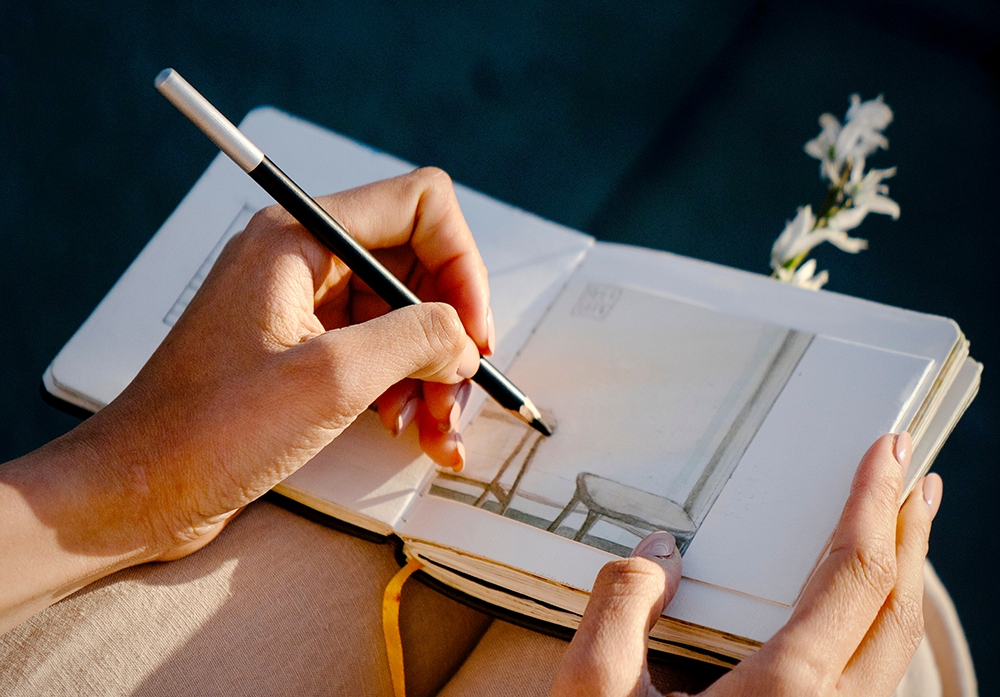
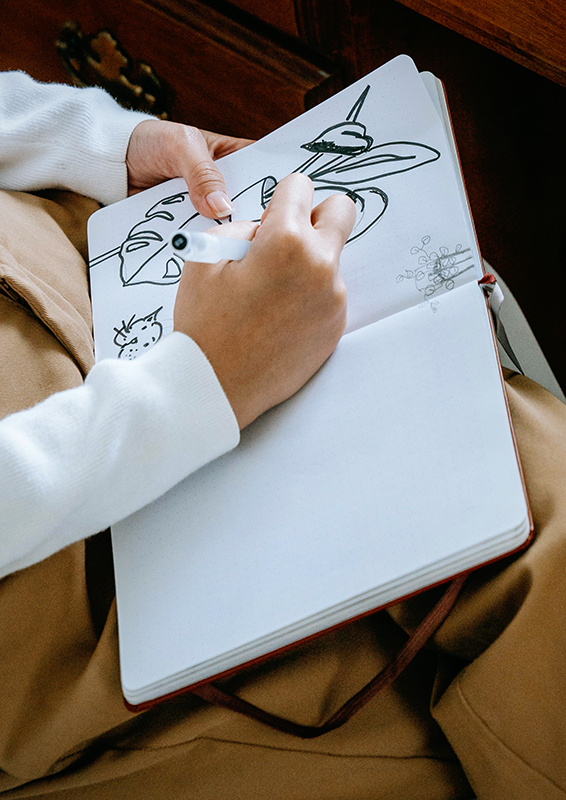
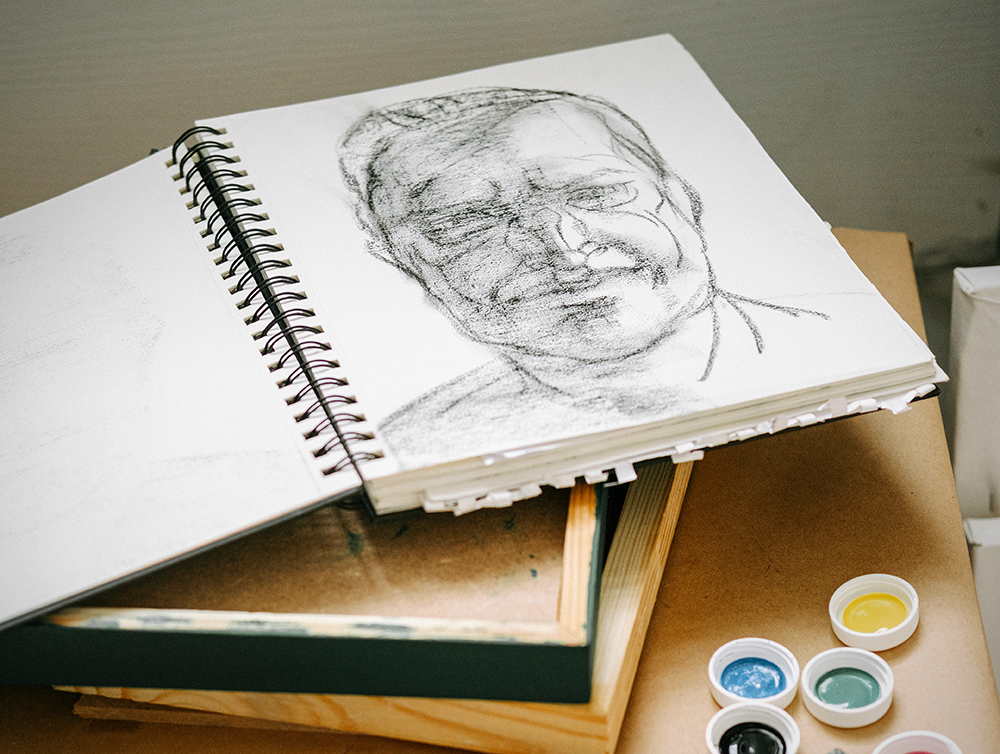
Eager for even more tips and tricks for sketching? Check out Draw Like a Sir's video!
Want even more content about creativity and art?
Be sure to check out all of our creative chronicles!
Interested in diving deeper into sketching and drawing supplies?
Check out some of our other articles:


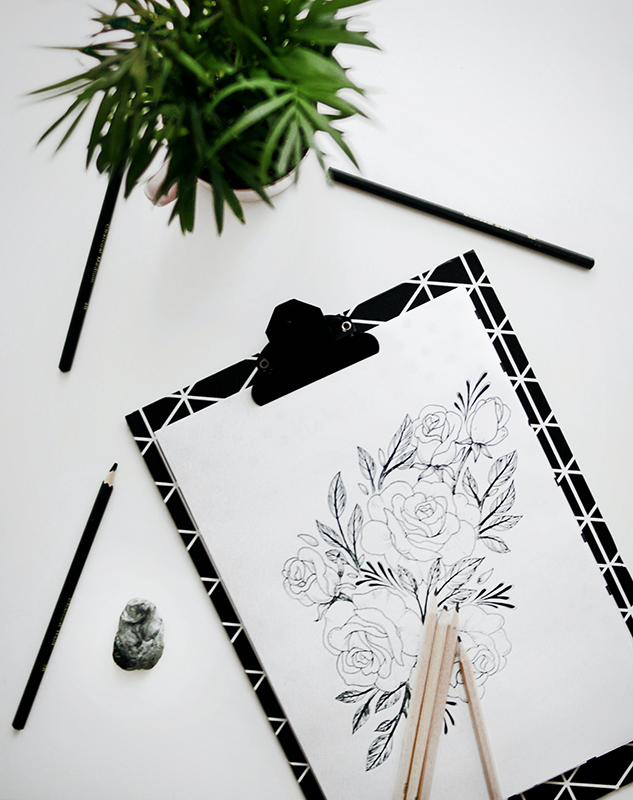
Need a new sketchbook to practice sketching in?
Check out some of our sketchbook articles!
